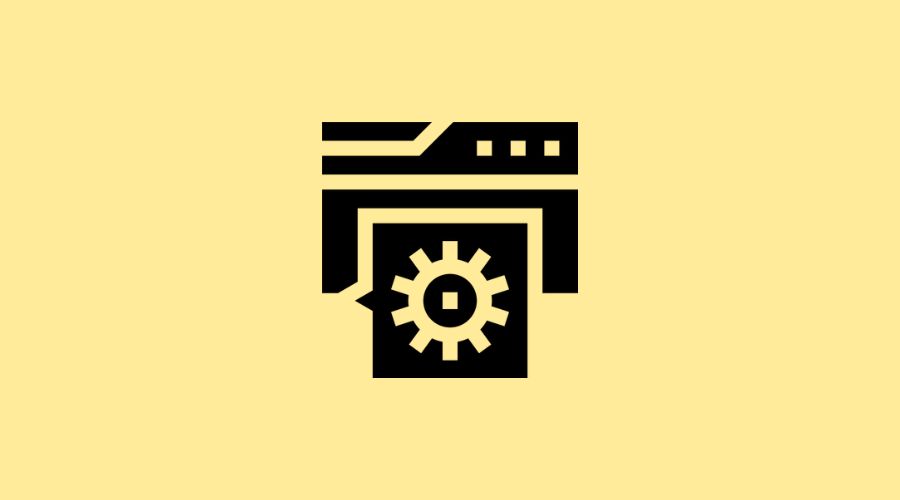Essential Automation Techniques For Web Scraping

Extracting information from websites is called web scraping. Nowadays, websites are becoming more complex than ever before. That is why more challenges are added to scraping. And this is where automation makes everything easy.
In this blog, we have developed the essential automation techniques that can enhance your web scraping efforts, making it easier to collect, process, and analyse large volumes of web data.
Role of Automation in Web Scraping
Manual web scraping is daunting, especially if you have to deal with large-scale websites requiring frequent updates. Automation can handle large-scale scraping tasks effectively. It saves your time and resources and eliminates the manual task of sifting through pages of information so that you can’t miss out on the important bits of data. Also, automation reduces the chances of human error and increases accuracy and uniformity.
Also Read: Web Scraping Without Getting Blocked
Web Scraping Automation Techniques
Schedule Scraping
Data is the king in today’s world, and businesses must stay updated with it. You can schedule web scraping to streamline your workflow and boost overall productivity.
Scheduling scraping allows automating the extraction of data so that the most current and relevant information is easily accessible to you, so that you can make informed decisions. You don’t have to visit each website manually to copy data. Set up automated tools to do this for you.
Error Detection
Errors are an inevitable part of the scraping process. These can arise due to server issues, changes in website structure, or other factors. The automation mechanism allows data extraction through a web scraper even after a failure, minimising data loss. Moreover, automation is not prone to errors.
The errors could be network glitches, software bugs, server errors, timeouts, etc. These errors can lead to minor inconveniences for businesses, affecting their daily operations. Therefore, automation prevents anything from going wrong. Implementing robust error detection and automation helps scraping tasks continue without any hindrance.
Automated Captcha Solving
Completely Automated Public Turing test to tell Computers and Humans Apart, shortly called CAPTCHAS, is a test that determines whether the user is a human or a robot. Websites often employ it to avoid any automated access. CAPTCHA can prove to be a big roadblock for the scrapers. However, there are some web harvesting tools by which you can automate the process of CAPTCHA Solving that can lead to uninterrupted scraping.
One technique for automating CAPTCHA is using OCR (Optical Character Recognition) Technology. OCR software is a valuable tool for deciphering text-based CAPTCHA and recognising and extracting text from images. How does it work? Automation scripts are programmed to capture the CAPTCHA image, process it through the OCR engine, and submit it to the website, completing the CAPTCHA challenge.
Also Read: Top Data Mining Tools
Storing Data Efficiently
You have scraped the data. Now, you have to store, parse, and organise it. Automation plays a vital role here. It saves the data in structured formats like CSV or databases, allowing you to easily access it and reducing any chance of data loss. Moreover, investing in RFP response automation can further streamline your processes, ensuring faster, more accurate proposal submissions and improving overall efficiency.
Choose the right data storage technology to store data efficiently. It depends on data volume, accessibility requirements, and structure. Mindfully using newer technologies offers scalability, flexibility, and better performance for specific use cases.
Content Change Detection
Today, the world is overflowing with information. That being said, content detection has become an important part of businesses, as well as determining whether the information provided is right or not. How can you monitor these content changes? Web scraping helps detect content changes to look for any discrepancies or modifications.
It compares the current version of the web pages with the previous versions and highlights any differences to make users always aware of the latest information. Integrating content change detection into your scraping workflow enhances data accuracy and ensures timely updates, crucial for tasks such as price monitoring, news aggregation, and competitor analysis.
Ethical Considerations While Web Scraping
No wonder web scraping is a great tool. However, you must know the legal boundaries for using this practice. There are certain terms and conditions associated with every website. And almost every one of them includes clauses related to scraping. Be aware of those legal boundaries.
Scraping has an ethical side, in addition to the legalities. Don’t overload the servers with frequent requests, as this can affect the website’s performance. Maintain a reasonable interval between the requests. Respect copyright and data privacy laws. Responsibly use the data.
Also Read: How Data Collection Enhances Digital Marketing Strategies
Final Thoughts
Automation techniques enhance web scraping’s efficiency and accuracy. Using web scraping tools increases its reliability and scalability quotient. Leverage the right tools and techniques to ensure your web scraping operations are robust, efficient, and capable of meeting the growing demands of data-driven decision-making.
